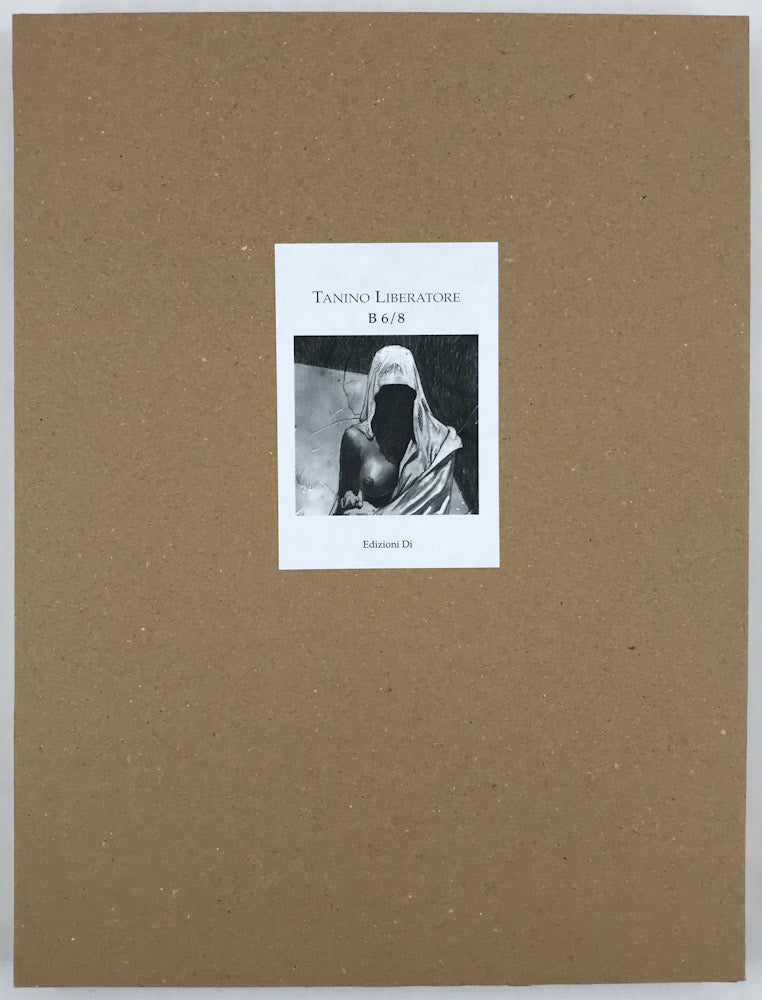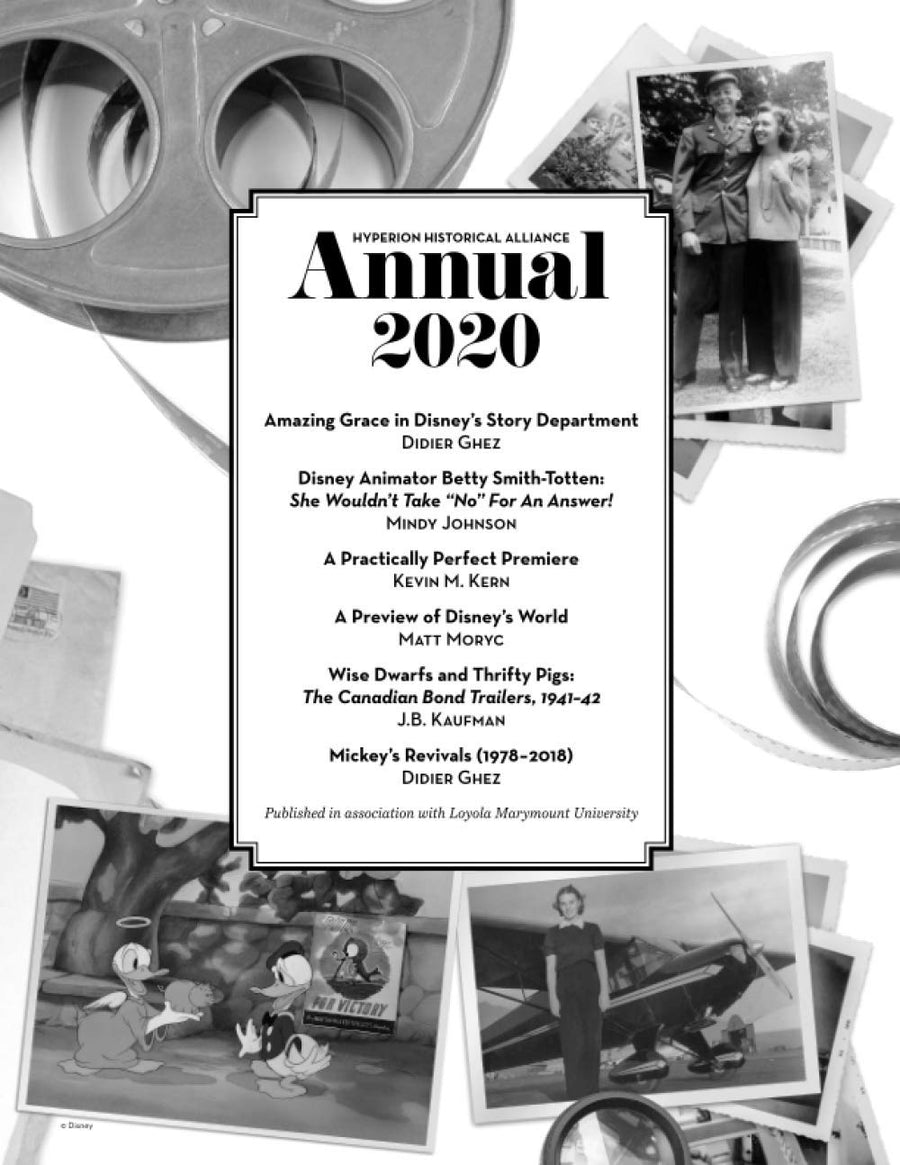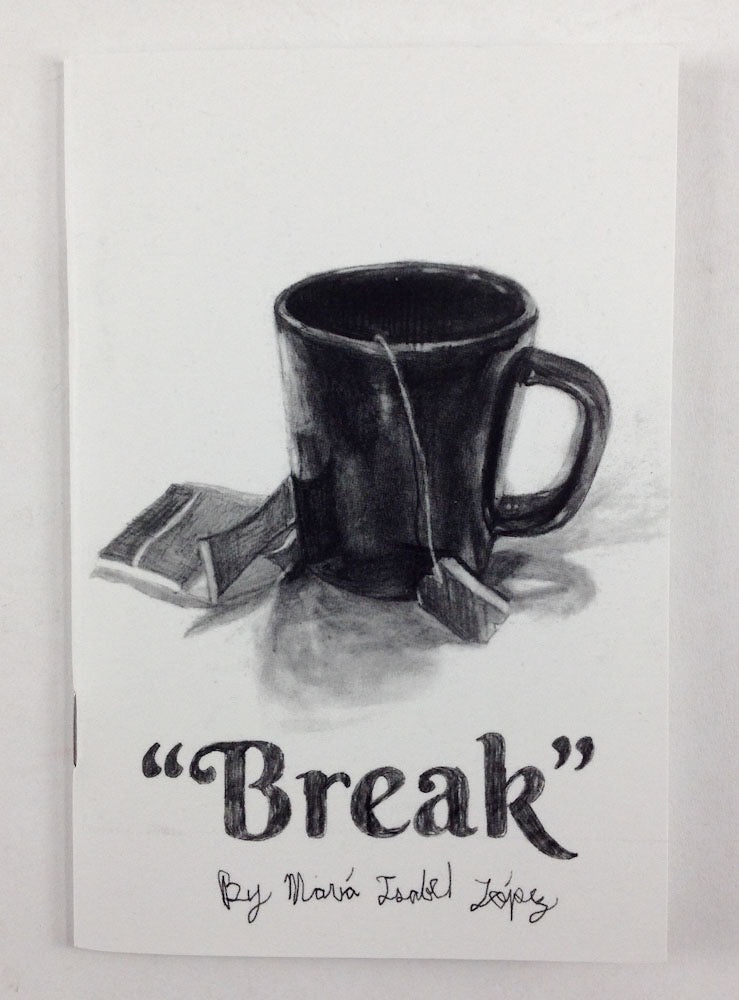Mad Peck Studios: A Twenty-Year Retrospective by The Mad Peck. This 1987 volume looks back at the work of underground comic artist John Peck. Introduction by Nick Tosches.
From the back cover:
This is the finest cartoon work generated from Mad Peck Studios over the last twenty years. Beginning in 1967, America encountered the cultural phenomena of free love, marijuana, and the new left - with a strong rock 'n' roll background. The '70s brought the superhero on the flip side of the Watergate era. The Mad Peck interprets the cultural values in the '80s as a television age with 'Rifleman' reruns and 'Wheel of Fortune'.
The Glorious Trash blog has the best description and history of the contents:
The busty babe [on the cover] is The Masked Marvel, a repurposed superheroine who was previously known as "The Black Cat" in a Harvey comics series in the ‘40s and ‘50s. In the early ‘70s Providence-based artist The Mad Peck, in true underground comix style, appropriated The Black Cat, making her costume a little more revealing and and also giving her hair more of a "long and straight" ‘70s style than the shorter cut she sported in the Harvey comics. He also turned her into a record critic…indeed, the dream girl of pretty much any horny male rock listener who ever drew a breath.
The Masked Marvel was just one of the Mad Peck's characters: there was also Dr. Oldie, a rock historian based on the Mad Peck's own radio character, Frogman Jack (an actual frog), and I.C. Lotz, a PR gal turned record reviewer. These characters appeared in short comic strips in underground and rock magazines through the ‘70s and ‘80s, most notably Creem and, later in the ‘80s, Spin. Mad Peck Studios offers a sort of "greatest hits" of these comics, selected by the Mad Peck himself.
Given the short space the Mad Peck had to work with, the art is usually busy and, once he had his record review schtick developed, the artwork is often overclouded by dense dialog text. In a way this book documents how the Mad Peck even got to the record review setup in the first place; the first quarter of the book is devoted to the art the Mad Peck did for various catalogs he would market in underground magazines; the Masked Marvel does not appear in these, and indeed her introduction is almost an afterthought, particularly given that she will become the character most associated with the Mad Peck. When she does appear, in four or six-panel stories, it's often the character I.C. Lotz who handles the brunt of the narrative.
In these early ‘70s appearances, published in an underground mag called Fusion, I.C. Lotz and Masked Marvel get involved in various topical events, like for example a serialized story where they foil a hippie terrorist airplane hijacking. This too is very much in an underground magazine vibe; the hippie terrorist is swindled by I.C. Lotz's promise that she has some cocaine for him, and then The Masked Marvel pulls up her shirt to further confound him. These serialized stories are different than the later record review comics, but maintain the same oddball humor and topical references.
By the late ‘70s the Mad Peck has figured out the kind of comic he wants to do, and these record review comics take up the majority of the text. What the Mad Peck does is similar to what J.R. Young did earlier in the decade: a piece of fiction in place of a typical record review. But unlike J.R. Young, whose stories were at times hardly even connected to the album itself, the Mad Peck instead has his fictional characters discussing the merits of the album (or lack thereof). What the Mad Peck really specializes in doing is cramming mentions of obscure or overlooked albums within these reviews; as I say, some of the comics are particularly dense on the text front.
I found that these comics were best appreciated in small doses, which likely betrays their origin; it's not like the Mad Peck had an entire comic to establish a plot, characterization, or etc. When you're talking one comic strip a month it's a different story. But I really liked the weird, insular world he created here with these recurring characters, and wished for a more comprehensive peek into it. Also, the idea of a masked crimefighter turned record critic is just so bonkers that it has to be appreciated, though I couldn't help but notice that the Mad Peck seemed to lose interest in Masked Marvel as the ‘80s comics progressed, focusing more and more on Dr. Oldie.
The Mad Peck sprinkles the text with captions and narrative explaining the origins behind this or that strip, or spelling out some of the more obscure references. Since the book ends in the mid ‘80s, with the Mad Peck's characters losing their latest home -- in this case, Spin – I'm uncertain what happened to these characters afterward. But as a fun look at the "anything goes" vibe of the era, Mad Peck Studios was a lot of fun…
Condition & Attributes
Publishing Information
Physical Description
We ship domestically via USPS Media Mail and Ground Advantage. Faster options, such as Priority Mail, are available.
We ship internationally via USPS Priority Mail International, FedEx, and DHL Express.
You may review all the shipping options for your address at checkout prior to finalizing your order.
We have over 27 years of experience packing and shipping collectible books. We pack every order so it will arrive at its destination in the same condition it left our store.
















